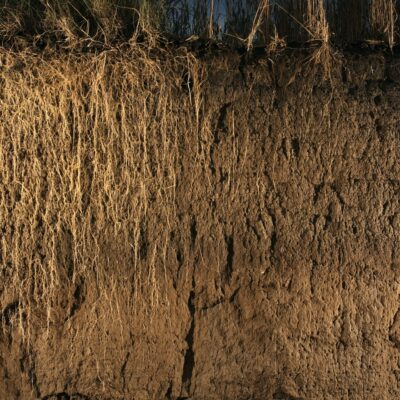The production process of fresh pasta
Dry pasta and fresh pasta: two products of excellence in Italian culture and gastronomic tradition, whose differentiation is based primarily on the moisture parameter. In fact, for both types of pasta, Italian legislation (Presidential Decree No. 187, 2001) indicates the maximum moisture value (i.e. total water content), a parameter that highly influences the shelf-life of food, as shown in Table 1.
The maximum moisture value (12.5%) set by law for dry pasta does not allow any microbial growth or enzymatic activity and allows a shelf-life of 3 years. On the contrary, the high moisture content of the fresh product results in a very short shelf-life and heat treatments equivalent to pasteurization and refrigeration are necessary to extend its shelf-life by several months.
Besides humidity, a second feature that differentiates the two types of pasta is the raw material: dry pasta must be made exclusively from durum wheat flour, such as semolina, “semolato” (low grade semolina” and whole-wheat semolina, while fresh pasta may also be made from soft wheat flour (Presidential Decree No. 187, 2001) (Table 1).
The limitations on the basic ingredient for the two products are understandable when considering which cereals are chosen (and therefore widely available) in the geographical areas of origin of the two types of pasta.
In southern regions, with hot and dry weather, the most widely cultivated cereal, both in the past and nowadays, is durum wheat; its proteins are able to organise themselves into a particularly tenacious and not very extensible gluten net, capable of withstanding even the significant physical stress that arises during extrusion under pressure: this shaping process has always been preferred to produce dry pasta because it is associated not only with high productivity but above all with a large number of shapes that can be obtained.
Subscribe to the magazine to read the full article








